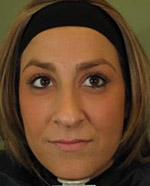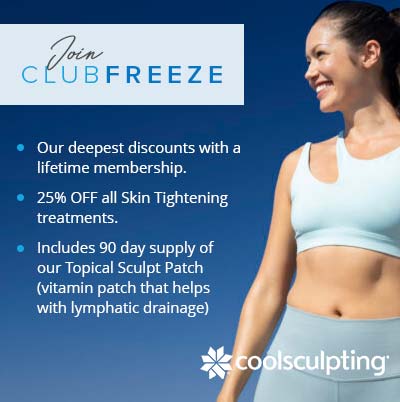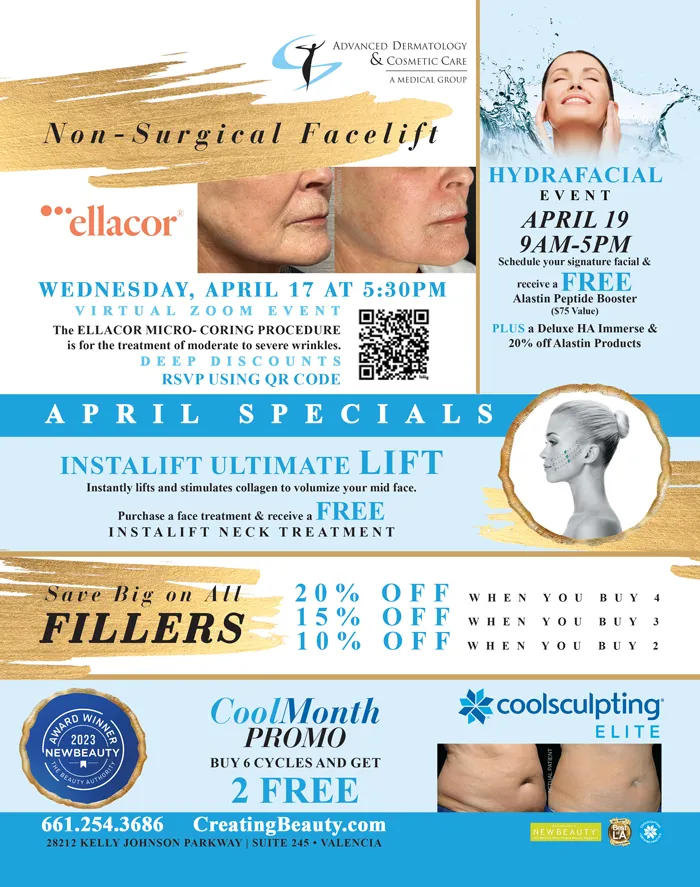Archive for October, 2011
Damage Control
By Bernard I Raskin, M.D.
By now we all know how important it is to protect our skin from the suns damaging rays. But did you know that photodamage begins when the first UV ray strikes the skin? Freckles may seem cute on a toddler, but they are in fact the first signs of sun damage, and all sun exposure is cumulative. Though photodamage may not be apparent on a younger person, special UV cameras are able to detect UV damage and can document progressive damage through the years.
There are ways to possibly reverse or reduce sun-induced photodamage including IPL or intense pulsed light. IPL reduces both red and brown signs of aging as well as improving the collagen degradation associated with photodamaged skin. The IPL hand piece delivers high intensity pulses of broadband light (different wavelengths and energies) that is different from the narrow band light of lasers. Because it is broadband, it can treat several problems at once. IPL is non-ablative meaning that is does not damage the surface of the skin. The intense light is delivered to the deeper parts of the skin (dermis) and leaves the superficial aspect of the skin (epidermis) untouched. For the IPL to be effective, it must be used at high settings best performed under physician supervision.
PDT photorejuvenation is another technique used to improve photodamage. PDT is a procedure where a photosensitizer cream is applied to the area followed by a light treatment such as IPL or V Beam. The photosensitizer commonly used in this procedure is called aminolevulinic acid. The substance is applied and absorbed by the sun-damaged skin and magnifies the impact of IPL
or V Beam light energy creating even more improvement than IPL or V Beam alone. PDT also destroys pre cancer cells, so beauty and cancer prevention occur at the same time!
Alternatives to laser/light treatments for the treatment of sun-damaged skin include microdermabrasion and/or chemical peels. Microdermabrasion is a superficial exfoliation. Most patients treated with microdermabrasion report improvement in acne, uneven skin color, and skin texture, however multiple sessions are needed. Chemical peels are used for the treatment of photoaging, wrinkles, scarring, acne, and discoloration. Different strengths of peels produce controlled injury to the skin promoting the growth of new skin with an improved appearance. Peels can be used with microdermabrasion. The beauty of peels is that many strengths and types are available providing your physician with a range of options to maximize improvement or combine with other methods for detailed facial enhancements.
Though there are many ways to treat photodamage, the best way to keep your skin looking young is with photoaging prevention. Careful sun protection begins with using a sunscreen with an SPF of 30 everyday, wearing protective clothing when in the sun, and trying to avoid the sun between the hours of 10am and 4pm when the suns rays are the strongest.
For more information contact Advanced Dermatology & Cosmetic Care at 661.254.3686 or visit www.CreatingBeauty.com
PDT with Levulan®
By Bernard I Raskin, MD
PDT stands for photodynamic therapy and is a combination of a light sensitizing topical drug called Levulan® and a light/laser. This method can produce outstanding results in the treatment of pre-cancerous lesions or AK’s, acne, sun damage, or as a great skin rejuvenating treatment.
First Levulan® is applied shortly before the treatment; this provides deeper and more complete light penetration. After PDT patients usually experience a couple of days of swelling and crusting. Often 2 or 3 PDT treatments take the place of 5 or 6 IPL/Photofacials. Your provider will choose the treatment that is most suitable for you.
The beauty of this treatment is the reduction of breakouts, broken capillaries, redness, flushing, brown spots, and pigmentation, also many signs of Rosacea may be improved. Most people with discoloration, blood vessels, or aging skin also may benefit. This revved up version of the Photofacial gives faster results with the added benefit of shrinking pores and reducing acne breakouts.
Photodynamic therapy with Levulan® is also a great treatment for Actinic Keratosis or AK’s. Actinic Keratosis , is also known as Solar Keratosis because it is the result of prolonged exposure to sunlight. AK’s are small crusty, scaly or crumbly bumps or horns that arise on the skin. The base of the AK might be light or dark, tan, pink, red, a combination of these, or the same color as your skin. The scale or crust on these is horny, dry, and rough and it is usually recognized by touch. Occasionally the AK may itch or produce a pricking or tender sensation. It can also become inflamed and surrounded by redness. PDT treatment selectively destroys Actinic Keratosis, causing little damage to surrounding normal skin, although some swelling and redness often occurs. Most insurance carriers will cover PDT for the treatment of Actinic Keratosis.
Finally, patients should avoid exposure of the photosensitive treatment sites to sunlight or bright indoor light prior to and at least 48 hours after photodynamic therapy. Exposure may result in a stinging and/or burning sensation and may cause erythema (redness) or edema (swelling) of the lesions. Sunscreens will not protect against photosensitivity reactions caused by visible light.
There are many effective methods to eliminate AK’s, sun damage, acne, and redness, you and your doctor should decide together the best course of treatment.
For more information regarding PDT with Levulan® please contact Advanced Dermatology & Cosmetic Care at 661.254.3686 or visit www.CreatingBeauty.com.
Optimizing Results
By Bernard I. Raskin, M.D.
While cosmetic treatments can yield phenomenal results on their own, combining a proper post care routine can insure optimal results. Lasers have the ability to take off years of sun damage. They can reduce pigmentation, roughness, fine lines and wrinkles, scars and pore size. Lasers range in price from inexpensive to pricey so using the right products is a way to protect your investment. For patients having Laser Resurfacing treatments that are at the higher end of pricing, post skincare kits are included. For those treatments that do not include a kit, we have different kits available as well as a la carte products to fit every budget. Using the right skincare is the difference between eating fast food and eating a healthy diet of fruits, veggies, and whole grains; our bodies can get by on fast food, but to live life to the fullest we need to eat properly. Some proper post care products would include a gentle cleanser so as to not cause any undue irritation that could lead to irregular pigmentation. A great sunscreen is a must and it should contain Zinc. Adding in a growth factor such as TNS recovery complex will help the skin to repair and recover more quickly. At Advanced Dermatology & Cosmetic Care, we have different post procedure kits available depending on the type of laser, peel, or microdermabrasion performed. We are all about results. We want happy patients with great results and one way to get the best result is to use the right skincare.
For more information please contact Advanced Dermatology & Cosmetic Care at 661.254.3686 or visit www.CreatingBeauty.com.














